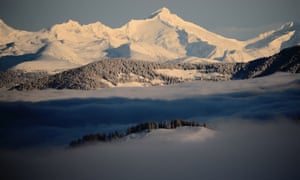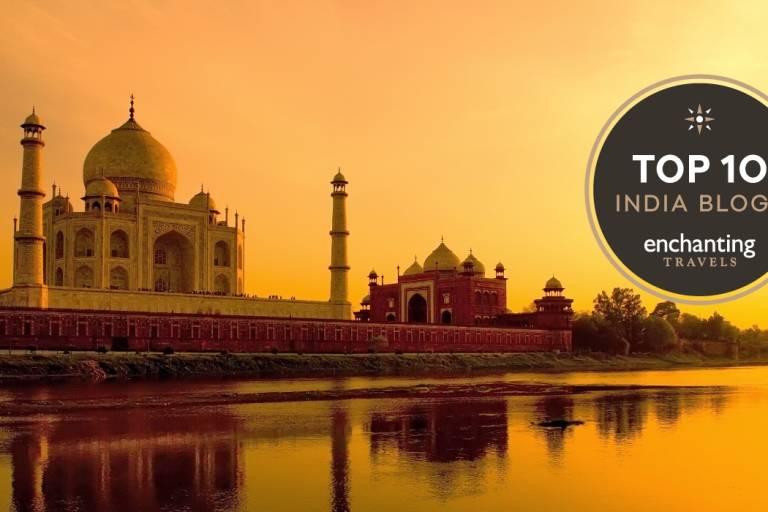The revered climber on how his mountain home shaped his life and still surprises him with its ever-changing views

All climbers come to the Dolomites – just as they go to Yosemite – at least once in their life. They come here to express themselves, and to follow their predecessors on the most difficult routes.
I still climb a bit but I’m not at the level I was at 25. [Messner is now 71.] Recently, I climbed to 2,700 metres on quite an easy route – but it was rock climbing. I climb mostly with my son, who is very good.

Each mountain in the Dolomites is like a piece of art. Le Corbusier called them the most beautiful buildings in the world. He said God built them; I’d say nature did. They are so vertical, and each peak is different. The Dolomites have a special face: no other range in the world has this.
Every week I find a view that I haven’t seen before, even though I know my country quite well. From one place, I can see 10 different landscapes. And the weather changes all the time, so the colours change – maybe the sun is in a different position or some mist is coming in. This is the great thing about nature: it doesn’t repeat itself.
The best view in South Tyrol is from Kronplatz, the 2,275-metre mountain above Bruneck in the north-east. From there, you can see in every direction, over the Dolomites and to the central Alps. The last in my series of Messner Mountain Museums (MMM Corones, there are six in total) is there: it was designed by [the late] Zaha Hadid. My museums were a way of giving something back. I learned to climb in this country, and then had the opportunity to travel the world and do more than 100 expeditions. So, at the end of my life, I’m trying to bring home my mountain heritage and knowhow.

Packing a mountain picnic is part of local culture. In winter, farmers would work hard in the woods and meadows, so they needed a lot of energy. They’d take a piece of speck (dry-cured ham), a local speciality; each farmer makes his own flavour. At -30C, you can still cut it and eat it. It doesn’t freeze, because all the water has been taken out. I’ve taken speck to Antarctica, the Arctic Ocean, and the Himalayas.
We also have a special, rock-hard bread, called schüttelbrot. The farmers bake it once a year and let it get hard, without any water in it. It’s very good with speck. You can’t take normal bread to the mountains in winter as it gets full of ice crystals, but this hard bread you can eat at any temperature.
I learned to ski in the Dolomites at the age of five. Ski lifts didn’t exist then, so I did everything on foot. I still ski. My daughter likes it, so we go to the Ortler resort. Mount Ortler is the highest peak in South Tyrol. To find wilderness in the Dolomites, go to the south-eastern side, around the Rosengarten massif. There are places there where maybe only five people a year go.

I have a restaurant on a working farm called Schlosswirt. It produces everything it serves. And I have another in a restored farmhouse: it’s called Yak & Yeti and specialises in traditional Himalayan yak meat. In South Tyrol, there are many good wines, such as the local lagrein, but we also make pinot noir and riesling. I produce schnapps on my farm but I’m not fond of drinking it.
Albert Frederick Mummery and Chris Bonington are the British climbers I most admire. Mummery pioneered guideless climbing and was maybe the most important climber of all time. He died in 1895 on Nanga Parbat, in what is now Pakistan. And Bonington was a fabulous and very creative climber. He brought Britain back to being a leading nation of climbers.















